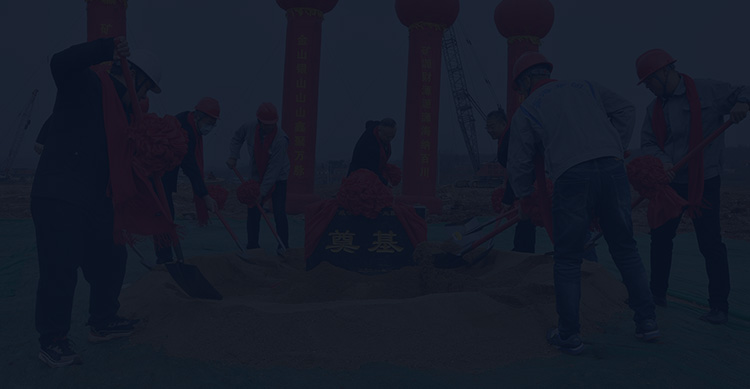
Tin ore is an indispensable material in modern industry, serving as the core raw material for solder in electronic components and a key alloying element in high-performance metals; given the complexity and variability of tin natural resources, selecting the most appropriate tin ore. The beneficiation method is critical to the profitability of any mining project.
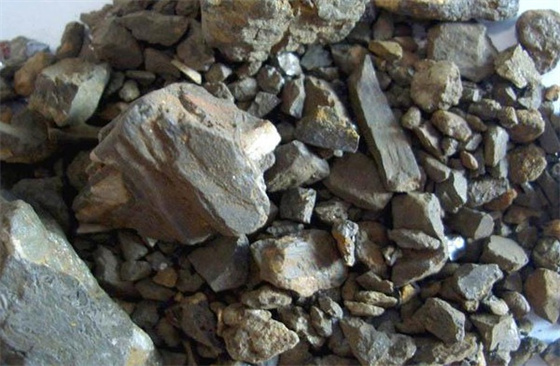
This article examines the three primary tin extraction processing—gravity separation, flotation, and magnetic separation—breaking down their principles, suitable ore types, and respective advantages and limitations. You'll understand these processes clearly and have a solid technical basis for making informed decisions in tin processing by reading on.
Due to cassiterite's high specific gravity compared to most associated gangue minerals, gravity separation is one of the most widely used methods for tin ore beneficiation. This method leverages the density contrast between tin minerals and gangue to achieve effective separation under the influence of gravity.
When a slurry containing cassiterite and lower-density minerals like quartz enters a gravity separation device, the denser tin particles settle more rapidly, enabling preliminary separation from lighter components.
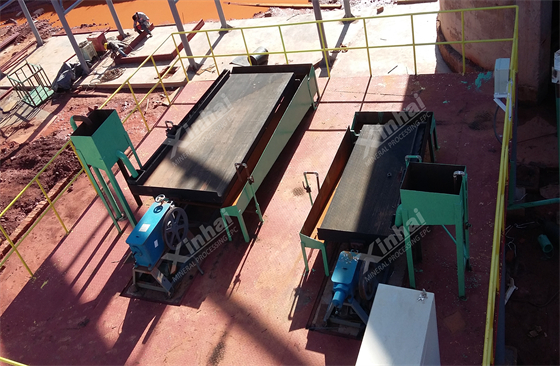
Key Equipment in Gravity Separation for Tin:
Jigging Machine: This uses pulsating water flow to stratify minerals by density. It is ideal for coarser particles with significant density differences. A single unit can process up to 25 t/h. However, stable water pressure control is essential to maintain separation efficiency.
Concentrating table: Employs a combination of differential motion and water flow over an inclined surface to sort fine particles (typically 0.074–2 mm). It offers high precision and is especially suitable for recovering fine-grained cassiterite.
Spiral Chute: This type relies on centrifugal force and water flow to separate minerals in a helical groove. It is ideal for particles in the 0.03–2 mm range. It requires no power, but performance depends on accurate feed rate control and chute inclination.
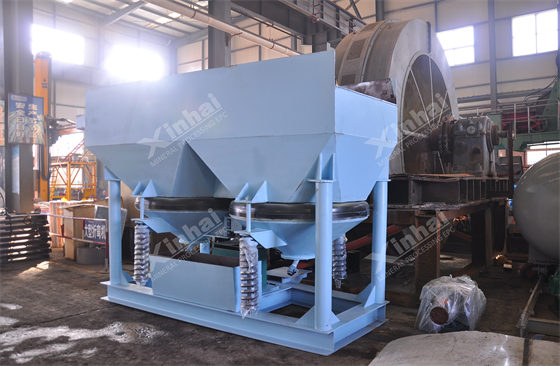
Characteristics of Gravity Separation in Tin Processing:
Gravity separation offers several benefits: low operational cost, minimal energy consumption, and an environmentally friendly process without chemical reagents.
However, it has limitations when dealing with ultrafine tin particles or ores with minor density contrasts. Equipment wear can be significant, leading to higher maintenance demands.
Additionally, gravity separation is less effective for recovering tin from complex ores associated with sulfides or oxidized minerals.
When cassiterite particles are finer than 19 μm, gravity separation becomes ineffective due to the reduced settling velocity. In such cases, flotation becomes a practical and efficient method for tin recovery.
The principle is based on modifying the surface properties of the minerals: hydrophobic cassiterite particles attach to air bubbles and float to the surface, separating from hydrophilic gangue.
This method suits complex polymetallic tin ores, especially those containing finely disseminated cassiterite or cassiterite associated with sulfide minerals.
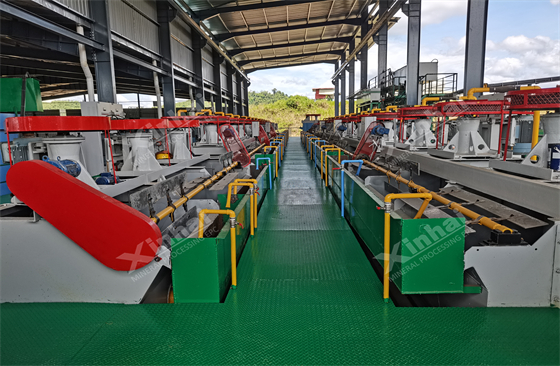
Key Steps in Tin Flotation
Efficient flotation depends heavily on reagent schemes and process control. The key steps include:
1. Grinding and Classification: The ore is ground to liberate cassiterite and associated sulfide minerals. The particle size is typically controlled at 60–80%, passing -0.074 mm.
2. Pulp Conditioning and pH Adjustment: Water and flotation reagents are added to create a slurry. Depending on the mineralogy, lime or sulfuric acid adjusts the pulp pH to 5–7.
3. Flotation Separation: Using mechanical agitation cells or pneumatic flotation machines (such as XCF/KYF models), cassiterite particles attach to air bubbles and are separated. The resulting concentrate is then thickened, filtered, and sent for smelting.
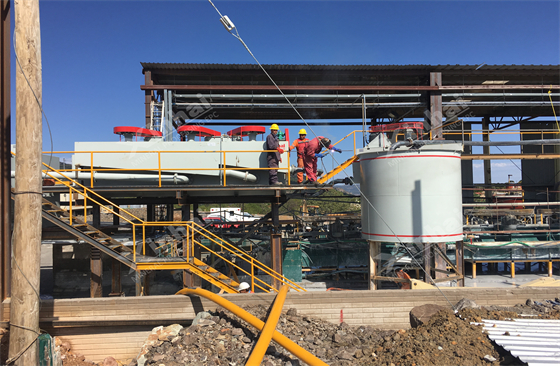
Characteristics of Tin Flotation Technology
Advantages:
· Suitable for fine-grained tin ores
· Effective for polymetallic ores and cassiterite-sulfide associations
· High recovery potential when finely tuned
Limitations:
· High energy and reagent consumption
· Environmental concerns due to chemical usage
· Limited efficiency for coarse or high-density cassiterite particles without prior pre-concentration
Magnetic separation is a valuable technique used in tin ore beneficiation, particularly when there are significant differences in magnetic susceptibility between cassiterite and its associated gangue minerals.
When the ore passes through a magnetic separator, magnetic minerals such as magnetite and hematite are attracted to the magnetic field and separated. In contrast, the non-magnetic or weakly magnetic cassiterite remains unaffected and is discharged separately.
This method is especially effective for hard-rock tin ores that contain considerable amounts of magnetic minerals. Although the density contrast between cassiterite and iron oxides may be slight, their magnetic susceptibility contrast enables efficient separation.

Key Equipment for Tin Magnetic Separation
· Dry Magnetic Separator: It is ideal for coarse pre-concentration of tin ores with high iron or low moisture and is suitable for dry ore processing.
· Wet High-Intensity Magnetic Separator (WHIMS): This separator processes fine-grained tin ores with high moisture content. It provides stronger magnetic field gradients and better separation efficiency.
· Magnetic Drum Separator: Commonly applied in coarse particle separation or for removing strongly magnetic impurities like magnetite from tin ore.
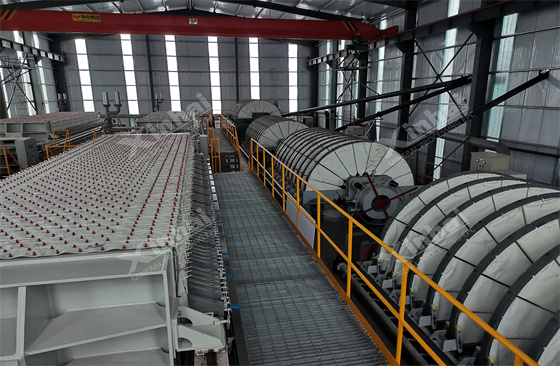
Characteristics of Tin Ore Magnetic Separation
Advantages:
· Efficient for removal of magnetic impurities (e.g., magnetite, hematite)
· Environmentally friendly: no chemical reagents required
· Simple operation and low operational cost
· Particularly useful for hard-rock cassiterite ores
Limitations:
· Ineffective for non-magnetic impurities
· Limited efficiency for ultra-fine particles
· It is often used as a complementary process alongside gravity or flotation methods to improve overall recovery and concentrate grade.
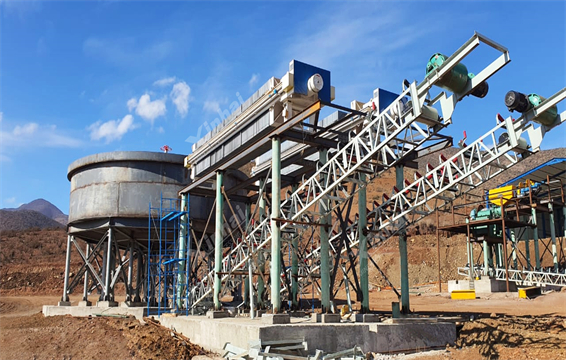
A Comparison of the Three Mainstream Processes: How to Make a Choice?
Processing Method | Applicable Ore Types | Recovery Rate (Reference Range) | Environmental Friendliness (Relative) |
Gravity Separation | Coarse-grained cassiterite ore with significant density differences; alluvial tin deposit | 60%–80% | High (No chemical reagents used) |
Flotation | Fine-grained, complex polymetallic tin ores; sulfide-associated tin ores | 70%–90% | Medium (Uses chemical reagents; wastewater treatment required) |
Magnetic Separation | Hard-rock tin ores containing iron impurities such as magnetite or hematite | 30%–60% (auxiliary process) | High (Physical separation; no reagent required) |
Tin ore beneficiation primarily involves three processes. Gravity separation is a cost-effective method that is most effective for coarse, high-grade ores. Flotation provides high recovery rates and is suitable for fine or complex ores. Magnetic separation is used to eliminate iron impurities and enhance the purity of the concentrate.
Selecting the appropriate method depends on the properties of the ore, budget constraints, and environmental considerations. Xinhai offers tailored solutions—feel free to reach out to our experts for guidance.
To find out more about our products and solutions, please fill out the form below and one of our experts will get back to you shortly.